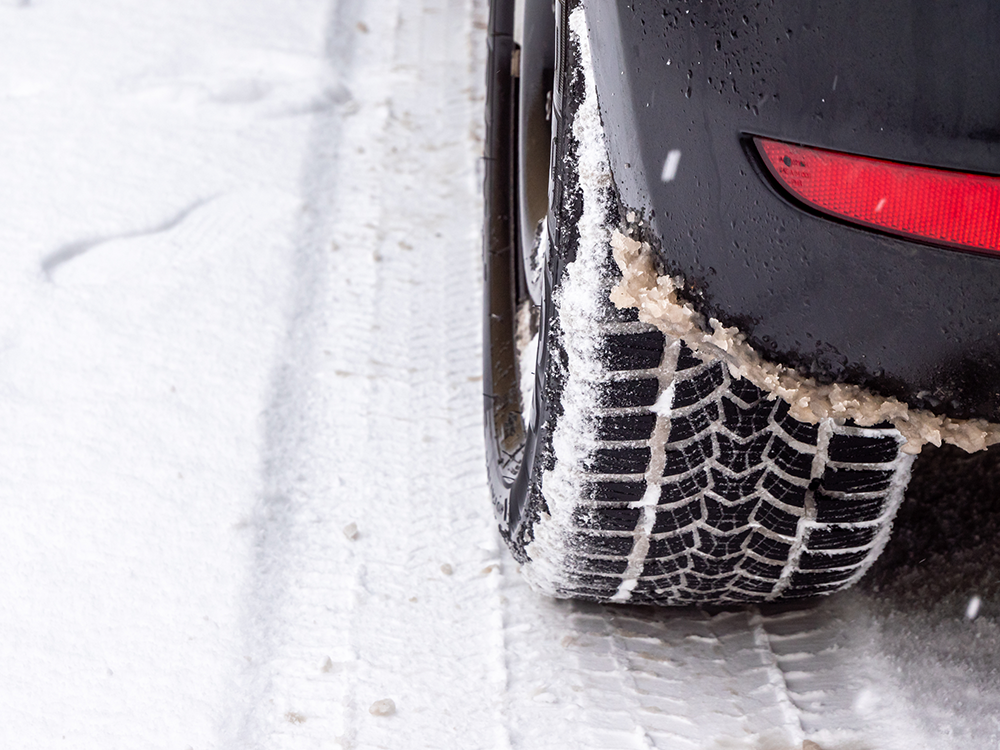Winter Tires: Traction When You Need It

Winter tires conjure up images of icy, snow laden roadways. But weekend adventurers or anyone who lives in cold climates can benefit from winter treads.
“They aren’t just for driving in the snow,” says Will Robbins, senior product manager of Bridgestone Americas.
The rubber compounds in winter tread keep tires pliable and helps provide better traction when temperature dips at or below freezing. As a result, winter tires help increase rubber contact with the road to improve handling, Robbins said.
“If heavy rainfall is your primary condition, we recommend all-season tires,” Robbins said. “All-season tires which are generally more focused on wet/hydroplaning performance.”
In contrast, winter tires contain rubber compounds designed to lower the “glass transition temperature”--a term Robbins used to illustrate the point at which rubber becomes brittle. In short, winter tread flexes with the road rather than becoming rigid.
Manufacturers such as Brdigestone use microscopic pores to absorb moisture into the tread itself. The feature, found in studless winter tires, helps them stay in contact with ice rather than hydroplaning across a thin layer of water.
“Drivers definitely get improved grip,” said Robbins, who also issued a safety caution. “Winter tires won’t turn you into a rally car driver.”
Robbins had the following suggestions about winter tires and winter driving:
- Consider winter tires if you live in areas with freezing temperatures, or make weekend adventures to ski areas.
- Look for tires designed with microscopic pores to help remove the thin layer of moisture between your winter tire and ice to improve grip.
- Buy a second set of wheels for mounting and storing winter tires.
- Do not reduce tire inflation to increase traction on snow or ice. Tires are designed to function at the recommended pressure level shown in the vehicle owner’s manual (and also on the placard found on the driver door jam).
- All-wheel drive does not improve stopping in icy conditions. Winter tires can provide better grip to each tire so drivers can get the most traction out of their all-wheel drive or four-wheel drive vehicle.
- All season tires are designed for winter and summer weather but not areas with freezing temperatures. In contrast, winter tires use rubber compounds that prevent them from hardening and help increase grip on icy roads.
- Check chain control vehicle requirements before heading into snowbound areas. Winter tires alone may not be enough. Some places such as California require chains on all vehicles depending on the severity of road conditions.